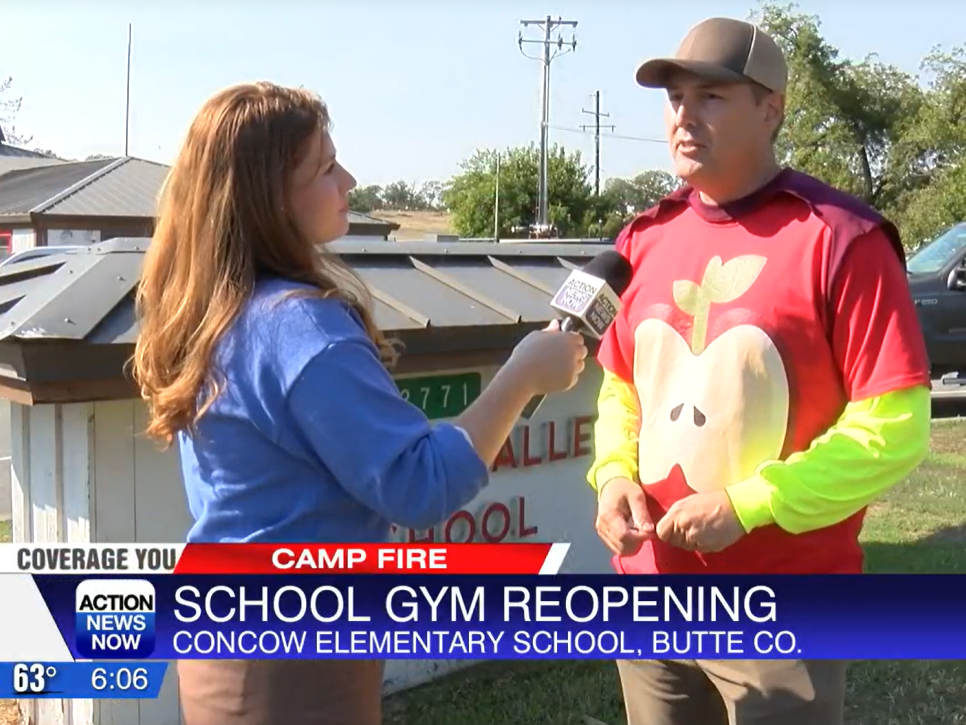Purchasing a high quality adjustable mobile standing desk has helped me take the show on the road. By show I mean work on a laptop, and by road I mean classrooms. In other words, I leave my office with the computer and some basic office supplies then move around the campus with my adjustable mobile rolling desk ready for anything.


There are so many tasks to complete as a principal. My position is superintendent and principal – so double the tasks. Most of the work takes place on a laptop to accomplish items before a deadline. However, while tasks need to be completed – there are many people on campus during the day. People oftentimes need help and students need to know that there is a figure of authority observing learning and productivity. Also, students are just far less likely to be off-task and behave poorly when the principal is close.
Taking a mobile standing desk out of the office and into classrooms allows the principal to observe learning, classroom behaviors, gauge productivity, and do other important tasks behind the scenes.
The rolling desk moves into the first classroom where I stand and observe. This would be the time where I might send a quick email to the teacher for some feedback or other quick walk-through observations. While the lesson is happening, I can accomplish part of a task with a deadline attached while listening and looking up from time-to-time. After all seems good in the classroom, it’s time to move to the next classroom. I attempt to do this until I see all of the classrooms or at least a good portion of them were observed during a window of time. I attempt this process at least three times per week and more during the beginning of the school year.
Mobile standing desks help administrators be in two places at once.
The whole campus knows which mobile standing desk is the superintendent / principal’s. From time-to-time, I like for students to know I’m VERY present. The principal’s presence helps the site run smoothly. I will wheel the desk – laptop and all – into the back of a classroom. I’ll stand at it for a few minutes but then leave. I’ll leave my laptop on top of my standing desk. Then, I’ll go to another classroom without the desk. I’ll stand or take a seat in the next classroom. When I’m gone from my adjustable desk, students in the first classroom think I’ll be right back. They won’t get off task or behave poorly because the principal won’t leave his desk / laptop and not return. He’s returning and soon. So the desk acts as a superintendent / principal stand-in.
Another way I like to do this is during recess. I’ll put my laptop and desk in a very visible spot, usually in-front of a school security camera. I stand at the rolling adjustable desk for a while, talk to the kids and staff, and then leave. People know that I’m coming right back. How could I not? My desk and laptop are right there. The principal must be just around the corner…
Small Rocks and Larger Concrete / Blacktop Cracks are the Enemy
I attempted to buy the best standing desk with bigger wheels. There are cheaper ones but the wheels are smaller. I thought they would be mostly good for inside a classroom without leaving. The desk I needed had to withstand campus obstacles and hazards.
Even though the wheels are bigger on the model I chose, small rocks do stop the desk in its path. Also, larger concrete or blacktop cracks will do the same.
Users MUST hold onto anything valuable while traversing campus or it will fly off. Items on top of the desk fell off time after time because I was not holding onto it while moving around then I hit a rock. The rock stops the desk in its tracks and the item continues forward onto the ground.


The Mobile Standing Desk Model I Use
Using a mobile standing desk has been a game changer when managing staff and students while there is a need to complete tasks on a laptop. I’m linking the desk that I purchased here. I bought it off amazon. Super easy to assemble and did buy one with durability for movement around the whole campus. This model has a version for tall people and shorter people. Please note that the link to this particular mobile standing desk is an affiliate link that supports this site. I’m partial to this desk because I use it every day with great results.
- Superintendent Productivity Boost: The Power of a Small Pocket Notebook in Education Leadership
- Inside the World of School District Superintendents: An Experienced Superintendent’s Comprehensive Insights into Roles, Responsibilities, Hiring, Qualifications, Turnover, Selection Process, Contracts, and Requirements
- Superintendent’s Guide to National Disaster Preparedness Month: Equipping Schools for Safety and Resilience
- A Superintendent’s Blueprint for Cultivating Creativity and Growth through Art during National Arts in Education Week and National Arts & Humanities Month
- The Ultimate Guide to National Crayon Collection Month by the Superintendent: Unveiling Secrets, Crayon Recycling, Landfill Impact, Creative Uses, Environmental Awareness, and More







